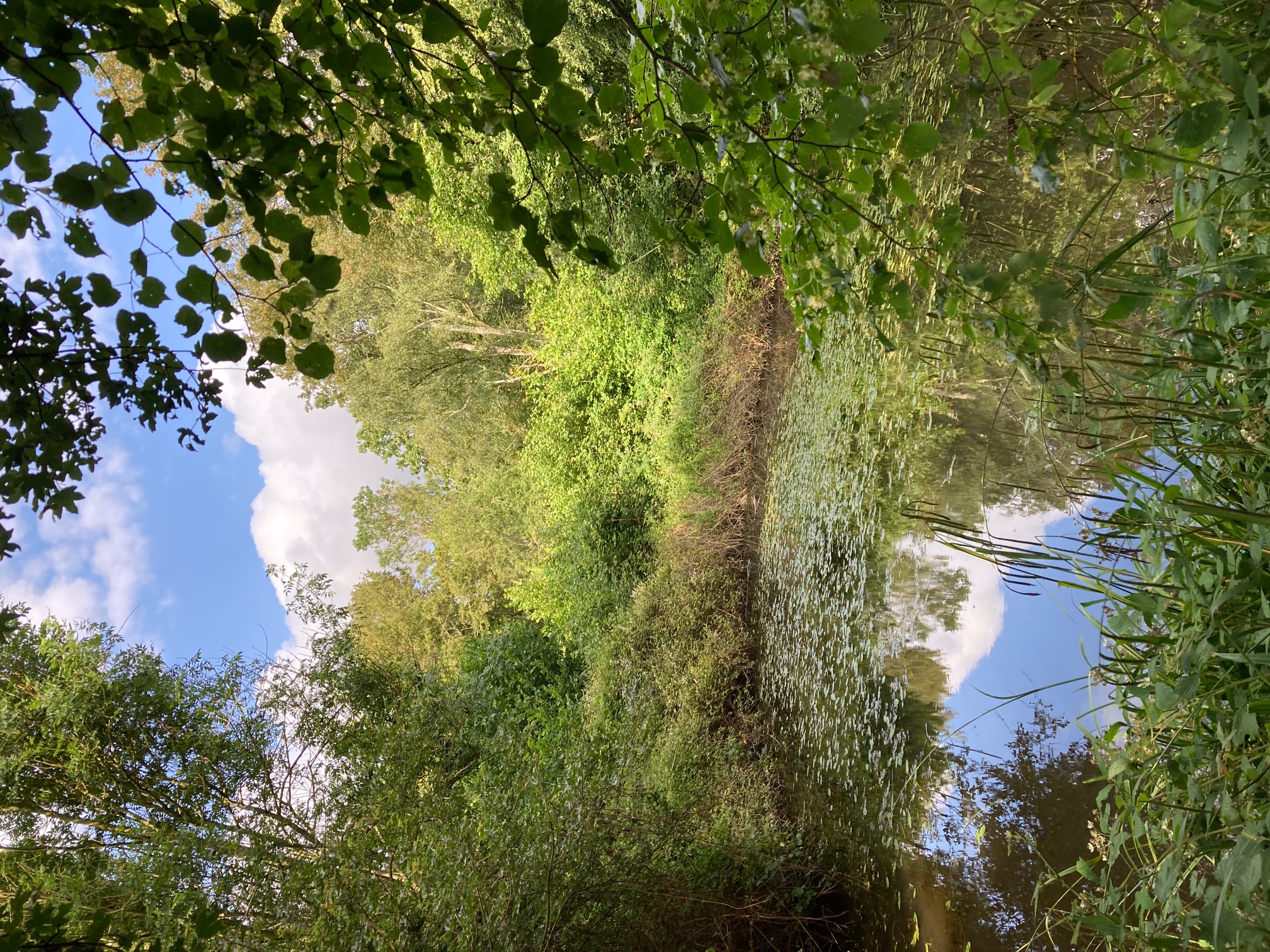A patchwork of paradise in a very special nature reserve
 The hidden magic of the Brookes reserve
The hidden magic of the Brookes reserve
Writer Anne Boileau offers an enticing taste of a delightful Essex woodland where “small groups used to meet up for dawn chorus and bacon butties in the spring”. A little chunk of paradise has fallen among us…
Between Stisted and Greensted Green lies a small nature reserve known as Belcher’s and Broadfield Woods, or Brookes Nature Reserve.
It is two small ancient woods. If the landscape of Essex were a very old quilt, then our ancient woods would be the last remaining scraps of the oldest fabric of all – land that has not been cleared since the end of the last Ice Age.
Brookes is 59 acres of mixed native woodland on chalk boulder clay and is full of springs and bogs, which is probably why the early settlers and farmers chose to leave it uncleared.
The reserve itself is a patchwork of hazel, birch, maple, ash, oak and 20 rare wild service trees; of bogs and ponds and sedge; orchids, bluebells, wood anemones; mosses and ferns; banks and paths and welcome seats to sit on from which to watch and wait. There is a flower meadow, too, and a more recent plantation of younger trees.
Essex Wildlife Trust manages the wood with coppice on rotation. This involves cutting most of the trees down to ground level in one patch, leaving four or five tall trees per acre as standards. The stumps, or stools, quickly put out new green shoots (they have to be covered with brash to protect them from browsing deer) and in 30 years’ time they will have grown tall enough to be cut down again.
The trees are therefore made up of a range of height and maturity, allowing light to reach ground level in newly-felled plots, giving the ground flora a chance to flourish. Coppicing also provides a supply of firewood, spars for hurdles and wood for charcoal.
On several occasions I joined a dawn-chorus walk here, organised by the Braintree branch of EWT. A small group would meet at 4am one morning in May and walk in silence, stopping and listening as the sky brightened and birds began to sing.
Our forebears would have used all their senses to find their way through the forests at night; they watched the brightening sky and listened to the world stirring awake; they breathed in the smell of leaf mould, sedge and wild garlic, the earthy aroma of bog and pond; listened out for the danger of a prowling wolf or bear; heard the echolocation calls of bats; smelt the rank odour of badger or fox; sensed the flurry of moths, the rustle of wood mouse or stoat.
The sense of smell and acute hearing were essential when walking at night; their night sight, in fact all their senses, would have been far keener than ours today.
Do explore this lovely nature reserve, it’s open at all hours. I suggest you leave the dog at home, or at least keep him on a lead. And do wear sturdy boots as it’s wet and muddy underfoot.
Anne Boileau
August 2021

